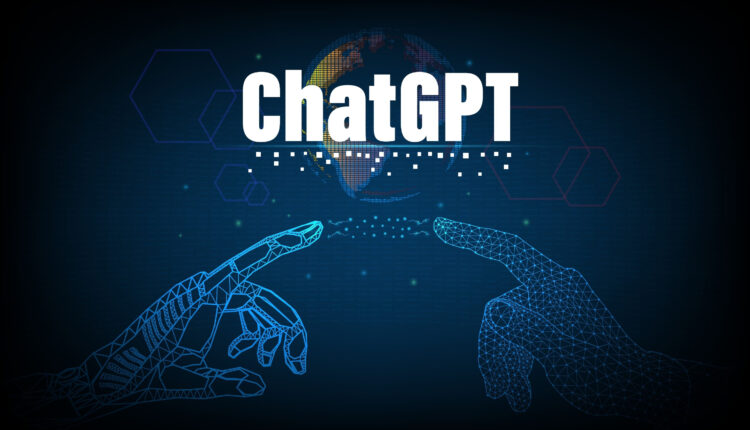©2021 Reporters Post24. All Rights Reserved.
Everyone seems to be talking about ChatGPT nowadays thanks to Microsoft Bing, but given the nature of large language models (LLMs), a gamer would be forgiven if they feel a certain déjà vu.
See, even though LLMs run on huge cloud servers, they use special GPUs (e.g. Nvidia A100 or Nvidia H100) to do all the training they need to run. Usually, this means feeding a downright obscene amount of data through neural networks running on an array of GPUs with sophisticated tensor cores, and not only does this require a lot of power, but it also requires a lot of actual GPUs to do at scale.
This sounds a lot like cryptomining but it also doesn’t. Cryptomining has nothing to do with machine learning algorithms and, unlike machine learning, cryptomining’s only value is producing a highly speculative digital commodity called a token that some people think is worth something and so are willing to spend real money on it.



